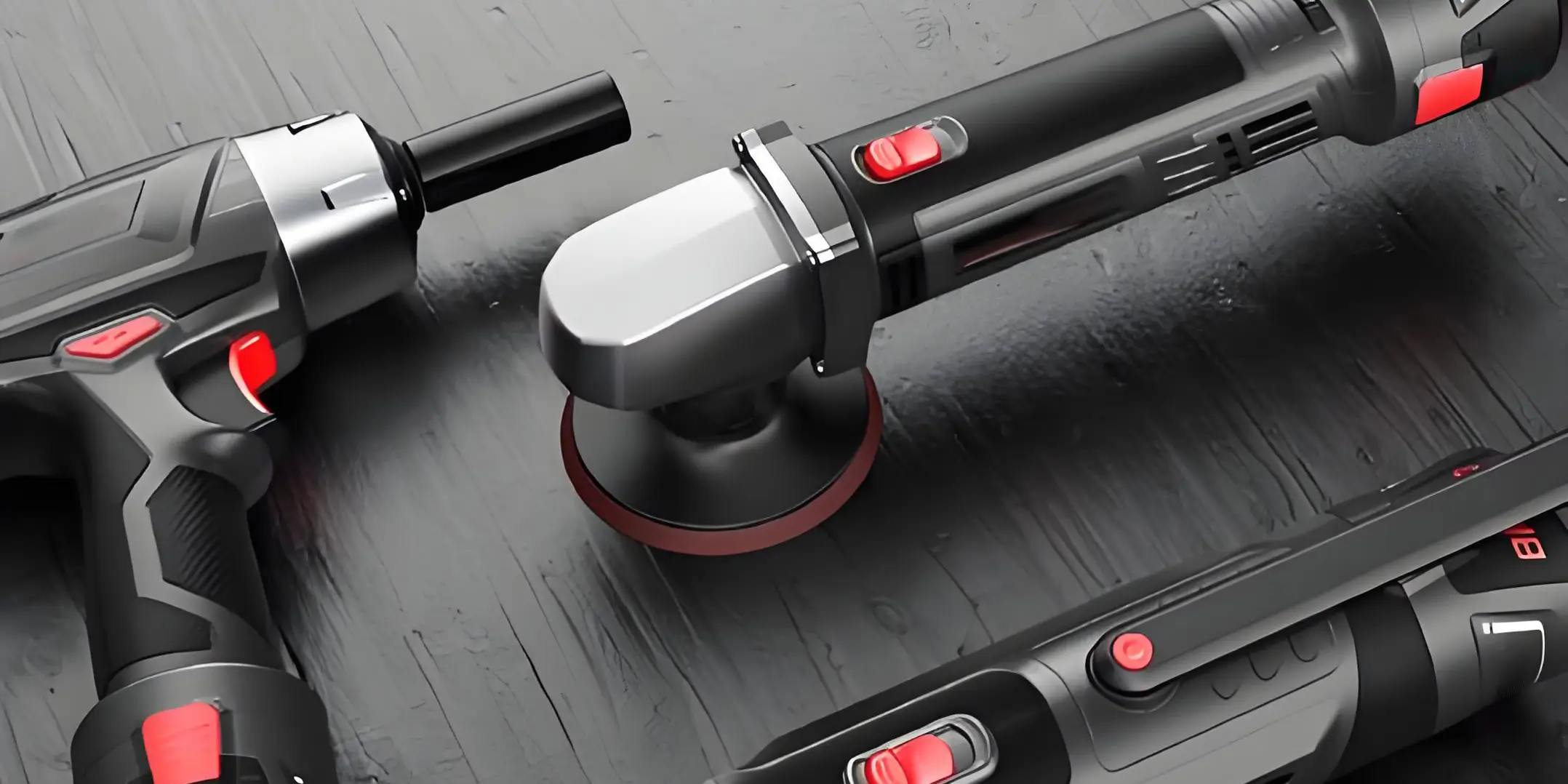The Unsung Hero of Small-Scale Robotics
If you’ve ever marveled at the precise movements of a robotic arm, the lifelike gestures of a animatronic puppet, or the nimble steering of a remote-controlled car, chances are a micro servo motor was pulling the strings. Among these miniature powerhouses, the Micro Servo 9G stands out as a favorite for hobbyists and engineers alike. But what makes this tiny device tick? The answer lies in its datasheet—a treasure trove of technical insights that, when decoded, transforms how we harness its potential.

Why the Datasheet Matters More Than You Think
Datasheets are often dismissed as dry technical manuals, but for the 9G servo, this document is a blueprint for innovation. It’s not just about voltage ranges and torque ratings; it’s about understanding the boundaries of what this device can do. Let’s break down the key sections:
Torque and Speed: The Muscle and Agility Duo The 9G servo delivers a torque of 1.6 kg·cm (at 4.8V) and a speed of 0.12 seconds per 60 degrees. Translation? It’s strong enough to lift small objects (think LEGO mechanisms) and fast enough for responsive control in competitive RC racing. But torque isn’t just a number—it’s a promise. Push it beyond 4.8V, and you’ll see increased power (up to 2.2 kg·cm at 6V), but tread carefully: exceeding voltage limits risks overheating.
Dimensions and Weight: Small but Mighty At 22.8 x 12 x 29.5 mm and 9 grams, the 9G’s compact design makes it ideal for projects where space is premium. Drones, wearable tech, and even tiny art installations benefit from its featherlight profile.
PWM Signal Compatibility: The Language of Control The servo operates on pulse-width modulation (PWM), a standard protocol for microcontrollers like Arduino and Raspberry Pi. The datasheet specifies a pulse range of 500–2500 microseconds, which corresponds to its 180-degree rotation range. Miss this detail, and your servo might only swing halfway—or worse, jitter uncontrollably.
Real-World Applications: From Hobbyists to Innovators
To appreciate the 9G’s versatility, let’s look at three scenarios:
RC Car Steering: Its quick response time ensures sharp turns without lag. Robotic Grippers: The torque-to-weight ratio allows for delicate object handling. Interactive Art: Artists use multiple 9G servos to create kinetic sculptures that react to sensors.
Common Pitfalls (and How to Avoid Them)
Even seasoned makers stumble. Here’s what the datasheet warns against:
Overloading: Stalling the servo for too long can fry its circuitry. Voltage Spikes: Always use a regulated power supply. Misaligned Gears: Forced movements can strip plastic gears—opt for metal-gear variants for heavy-duty use.
By now, you’re seeing the datasheet not as a manual, but as a playbook. In Part 2, we’ll explore advanced hacks, integration with AI systems, and how to future-proof your projects.
Pushing Boundaries: Advanced Tactics for the 9G Servo
You’ve mastered the basics—now it’s time to turn the 9G servo into a precision instrument. This section dives into mods, software tweaks, and unconventional applications that’ll make your projects stand out.
Hacking the Hardware: Modifications for Power Users
Gear Upgrades: Replace stock plastic gears with stainless steel ones (check compatibility first!). This boosts durability, especially in 3D-printed robots subjected to constant motion. Potentiometer Calibration: Adjust the feedback potentiometer to fine-tune the servo’s neutral position. Ideal for projects requiring millimeter-perfect alignment. Heat Dissipation: Glue a small heatsink to the motor casing for prolonged high-stress tasks.
Software Sorcery: Coding for Precision
Pairing the 9G with microcontrollers unlocks next-level control. For example: ```arduino
include
Servo myservo; void setup() { myservo.attach(9); } void loop() { myservo.write(90); // Neutral position delay(1000); myservo.write(180); // Full sweep delay(1000); } `` But why stop there? Use Python libraries likeRPi.GPIO` for Raspberry Pi integration, or experiment with PID controllers for smoother motion curves.
When 180 Degrees Isn’t Enough: Beyond Standard Rotation
The datasheet says 180 degrees—but what if you need more? By modifying the servo’s internal stops (carefully!), you can achieve continuous rotation, turning it into a compact DC motor. Perfect for wheeled robots!
Case Study: A Smart Plant Watering System
Imagine a 9G servo controlling a valve in an automated garden. Soil moisture sensors trigger the servo to rotate, releasing water when needed. The datasheet’s torque specs ensure the valve opens reliably, even under slight resistance.
The Future of Micro Servos: AI and IoT Integration
As IoT and machine learning evolve, so does the 9G’s role. Picture a swarm of 9G servos in a robotic exoskeleton, adjusting in real-time via neural network feedback. Or smart home blinds controlled by servos that learn your daily routines.
Final Tips for Longevity
Lubricate Gears: Use silicone-based grease to reduce wear. Avoid Moisture: Despite its ruggedness, the 9G isn’t waterproof. Test Iteratively: Small tweaks > overhauls.
Conclusion: Small Parts, Big Dreams
The micro servo 9G isn’t just a component—it’s a catalyst for creativity. Its datasheet isn’t a rulebook but a challenge: How far can you push this? Whether you’re building a robot, animating a prototype, or inventing something entirely new, the 9G reminds us that big innovations often start with tiny, well-engineered parts. Now go make something awesome.











































